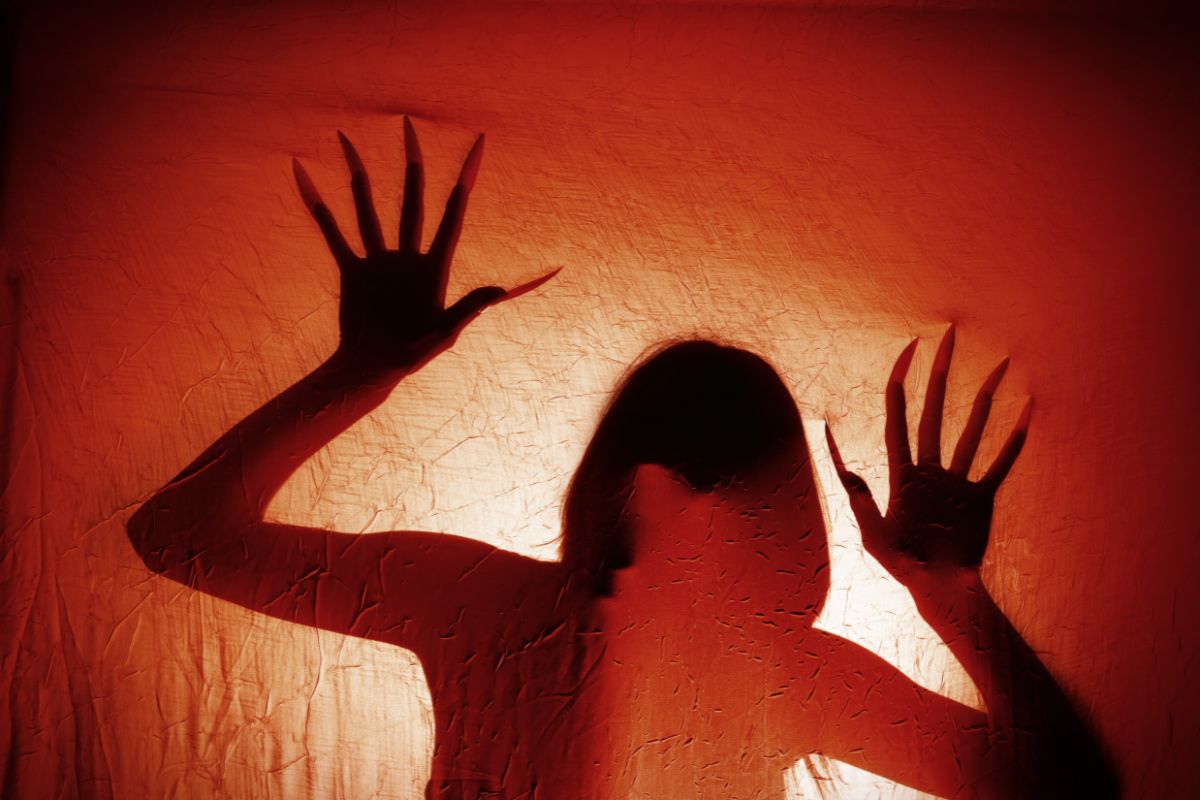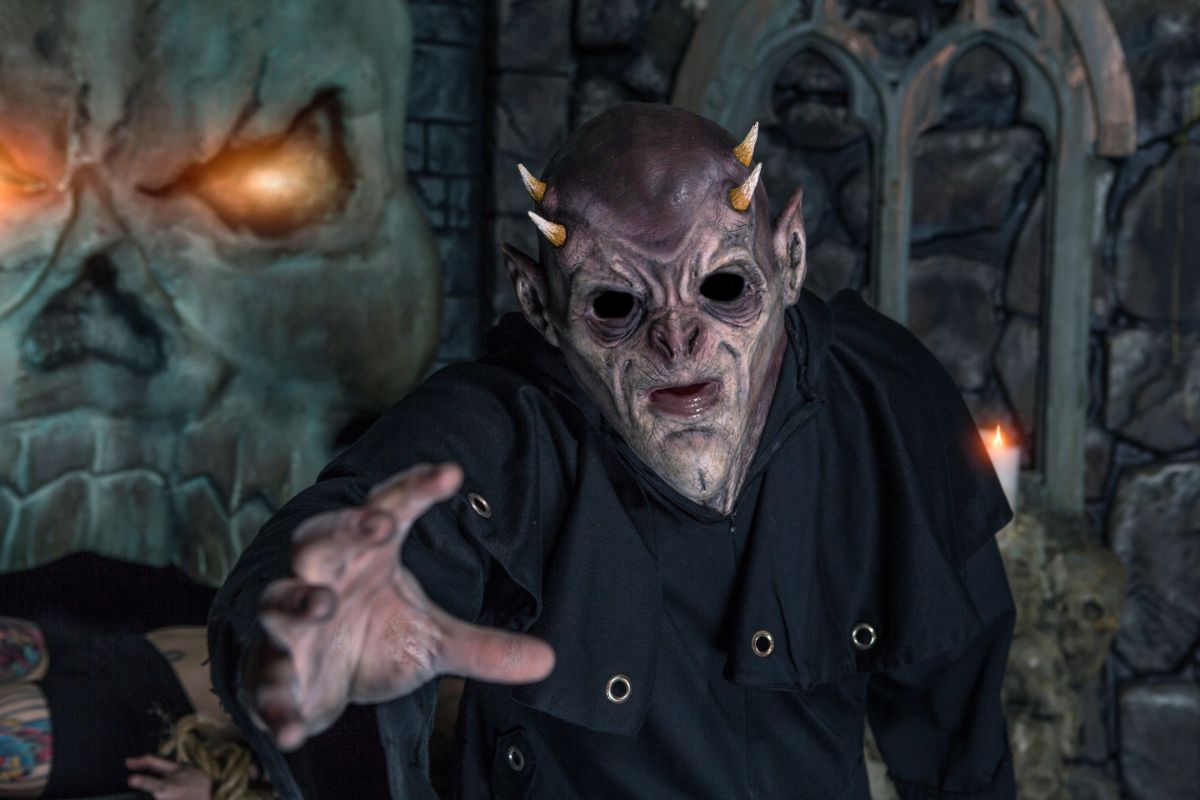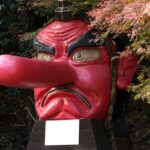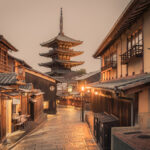In Japanese folklore, there are tons of different beings and creatures. Each one has its own origins and stories, but it’s easy to get mixed up or miss a few out.
If you want to learn more about the spiritual beings in Japanese folklore, then this is the place for you.

Here we will be taking a closer look at the shikigami to learn all about their origins and influences on Japanese culture. Take a look at the information below to learn everything you need to know about Japan’s shikigami.
What Are Shikigami?
Shikigami is the name given to a type of spiritual being in Japanese folklore. The name is also read as shiki-no-kami as the ‘kami’ part signifies what group they belong to.
Kami are a group of beings found in the Shinto religion. They are a key part of the religion as Shintoists believe that everything in our world revolves around kami.
Kami can be deities or spirits of the dead, forces of nature or elements of our landscape. Shikigami fall into this category and thus are closely related to the Shinto religion.
As for what type of kami Shikigami are, they are small ghosts which makes them paranormal and spiritual. This also means that they are sometimes called a yokai (see also ‘Is The Phoenix Considered A Yokai?‘) as well as a kami, but this depends on how people view shikigami.
The Origins Of The Shikigami
Although shikigami appear in the Shinto religion, their origins come from the traditions of Onmyodo.
Onmyodo is a system of magic that developed in Japan during the 7th century and based on Chinese philosophies. It also developed in areas such as astronomy, divination, natural science, and magic.
As a result, those who practiced onmyodo were magicians or witches known as onmyoji.
In Japanese folklore, the shikigami were first conjured by the onmyoji to act as servile spirits. They were bound by magic to their masters (the onmyoji who conjured them) and forced to do their bidding.
Most onmyoji only could conjure one or two shikigami. The legendary onmyoji Abe no Seimei had twelve, and many Japanese folktales considered him to be the greatest magician of them all.
In appearance, the shikigami were invisible. They were spirits but the more powerful their master, the more corporeal they could be.
Some shikigami possessed paper manikins while others could possess animals and people. In some depictions, shikigami are small children and in others they are birds. However, the most common depiction of the shikigami is as paper manikins.
Paper manikins are pieces of paper folded in the style of origami to resemble the figure of a small person. They are not very big and very delicate.
This means that the shikigami are relatively harmless kami, especially when in their paper manikin form.
Onmyoji conjure and use shikigami for many reasons but mostly for spying, tracking, and stealing from their enemies. Being so small and silent, the shikigami thrived with these kinds of tasks but it was always against its own will.
The shikigami are serving spirits. Thus, they were completely at the bidding of their masters.
However, shikigami can gain their own will if their master loses control. If the shikigami are more powerful than their master, they will rebel.
In some folktales, some masters were even killed by their own shikigami as revenge for their years of forced servitude.
Shikigami Influences
Shikigami appear in many Japanese folktales and myths – especially ones which feature onmyodo and onmyoji. Their most famous appearance in Japanese folklore is by the side of Abe no Seimei, the greatest onmyoji of all time.
Abe no Seimei had twelve shikigami, one for each sign of the Chinese zodiac. They appear with him in many of the legends around him.

In one folktale, Abe no Seimei conjures a rare and powerful type of shikigami known as a shikioji. Shikioji share a lot of similarities with onis (see also ‘What Is An Oni? – Japanese Demons Explained‘) and can be dangerous when out of control.
Many onmyoji refuse to conjure shikiojis because they are too powerful but Abe no Seimei did it.
So, shikigami have made appearances in Japanese folktales – but what about modern media?
Shikigami Cameos
Shikigami have made cameo appearances in modern Japanese media. They have appeared in media such as anime and manga (see also ‘Manga Vs Anime – What’s The Difference?‘).
Their most iconic appearance is in the 2001 Studio Ghibli masterpiece Spirited Away (see also ‘15 Japanese Yokai That Have Cameos In Spirited Away‘). The shikigami appear in a brief scene as paper manikins and are attacking one of the heroes, Haku.
It is later revealed that Haku was under the control of a witch Yubaba and forced to steal an item from her sister’s home. The shikigami are Yubaba’s sister security force and they protect her home.
They chase and attack Haku for stealing, and almost cause Haku to die.
Most folktales describe shikigami as harmless servant spirits. However, their appearance in Spirited Away shows how powerful and deadly they can be. They use their paper forms to make thousands of paper cuts to Haku to harm him.
They also appear in their hundreds although most onmyoji only had one or two. This could be an oversight from the creator of the movie, Hayao Miyazaki. It could also be a detail added to show how powerful both Yubaba and her sister are.
Seeing how heavily Japanese kami influenced Miyazaki, it is most likely the latter reason.
Spirited Away had a huge impact on the world and introduced a lot of people to kamis and yokai for the first time.
As a result, their depiction in Spirited Away is now what most people think of when they think of the shikigami. You can find plenty of Spirited Away merchandise and artwork which uses their liking.
But shikigami have also appeared in other Japanese media.
They also appeared in the manga Kekkaishi. They appear as servants to the main character Kekkaishi. They are also servants to many other characters such as Yoshimori.
They appear in many forms – as slips of paper, as paper dolls, as birds for carrying messages. They are even used to make identical clones of the characters. Their other tasks include combat and causing distractions.
In the manga and anime InuYasha, shikigami are also used as good luck charms and curses. They are also used as servants to carry out the character’s bidding.
Again, they are mostly represented as paper dolls but sometimes take on the appearance of humans.
So, throughout the shikigami’s appearances, they are always used as servant spirits and appear in some kind of paper form.
Final Thoughts
So, the shikigami are a common type of kami often found in Japanese legends and folktales. They have origins rooted in both the Shinto religion and the Onmyodo system of magic.
However, their role in such legends and tales is very limited. All shikigami act as servants to their powerful masters and do very little outside of spying and stealing.
Their cultural impact and influences has been relatively limited outside of a few fun cameos in Japanese media. Their most iconic appearance was in the Studio Ghibli hit Spirited Away.
Their paper mannikin design is now how many people imagine shikigami to look like.
And that’s everything you need to know about the shikigami!
- How Much Money Can You Make Teaching English in Japan? - December 12, 2022
- The Best Places to Teach English in Japan - December 9, 2022
- The Best Credentials for Teaching English in Japan - December 8, 2022








